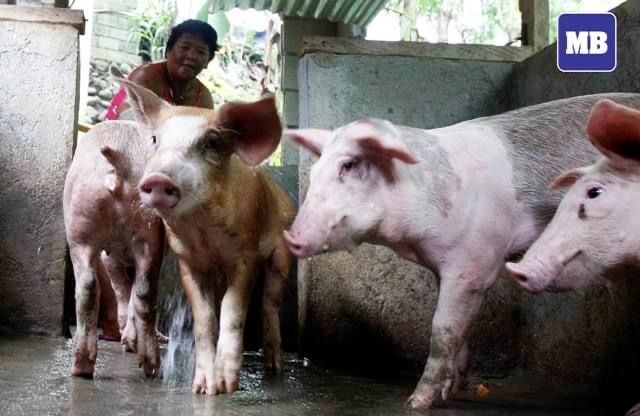ASF vaccines may be available for commercial use this year, says DA
By Jel Santos

The African swine fever (ASF) vaccine, which is expected to halt the spread of the fatal ASF among pigs, may be available for commercial use this year.
This was disclosed by Department of Agriculture (DA) Assistant Secretary Arnel de Mesa during a press briefing in Quezon City on Friday, July 19.
“Kasi kailangan masigurado nang husto ng FDA at BAI (Bureau of Animal Industry) ‘yung efficacy at ‘yung lahat ng test na gagawin nila rito (Because the FDA and BAI need to thoroughly ensure the efficacy and all the tests they will conduct). Target is within the year,” he said.
“Kung maganda ‘yung resulta noon (trials), i-re-review iyan ng FDA at Bureau of Animal Industry, ang susunod na ‘yung commercial use ng vaccine (If the results of the trials are good, the FDA and the Bureau of Animal Industry will review that, the next step will be the commercial use of the vaccine),” the official added.
De Mesa noted that the BAI has an allocation of P350 million for the procurement of ASF vaccines.
Recently, DA Secretary Francisco “Kiko” Tiu Laurel Jr. announced that the Food and Drug Administration (FDA) granted approval for government use of the vaccine for six months.
He said the controlled use of the ASF vaccine may be rolled out by September.
The DA chief had earlier stated that the vaccine is effective.
“The vaccine from Vietnam really works. So, that solves our problem,” Laurel stated. In April, President Marcos said the government is targeting to roll out the vaccines for ASF in June or July this year.
During a town hall meeting in Occidental Mindoro, Marcos stated that the vaccines would be obtained from Vietnam.
ASF, a highly contagious and deadly swine disease, has been devastating swine industries around the world since its resurgence in 2018.
In 2019, ASF resurfaced in the Philippines and has since spread across more than 3,800 barangays in 53 provinces by July 2022.
Due to ASF, local pork production in the Philippines fell by almost a fourth from June to October 2021 against the comparative period in 2020.